The Road to Alaska
If you’ve never made a drive across America, you’re missing out: the spectacular landscapes, the interesting names of towns along the way, the history written on this land, and the good people who are still everywhere, despite what you hear in the news or read on social media. There is also the road- the endless road- that stretches as far as the eye can see; distances and roads that test your patience and your endurance.
There are also the parts we should all see but make us uncomfortable: poverty-stricken dwellings waving the American flag and abandoned towns, forgotten people living in forlorn places. The soundtrack is that of Woody Guthrie, Willie Nelson, Johnny Cash, Waylon Jennings, and Tom T. Hall. A few days in a vehicle, alone with your thoughts, or with companions, will teach you more about yourself, this country, and your companions than you could ever glean in a lifetime of reading books. As Mark Twain said, "Travel is fatal to prejudice, bigotry, and narrow-mindedness, and many of our people need it sorely on these accounts. Broad, wholesome, charitable views of men and things cannot be acquired by vegetating in one little corner of the earth all one's lifetime."
In late April 2023, I left Charleston, West Virginia in my new Subaru that I specifically purchased for my move to Alaska. I traveled across Kentucky's Bluegrass country, to western Tennessee. After a stop at Shiloh National Battlefield, I cut across northern Mississippi to cross the wide Mississippi River into Arkansas. A couple of national parks later (Little Rock Central High School and Hot Springs), I arrived at Fort Polk, Louisiana to see my son, 1st Lieutenant Gabriel Brumage, for a few nights. Then, I headed roughly 900 miles across Texas, visiting friends on the way to El Paso, where my RV, which my youngest daughter had christened Liberty, was stored. I have a friend (and fellow veteran) named Travis who kept Liberty in good running condition and prepared her for the voyage.
Greg, an old friend from my days stationed in Hawaii, who now lives in Fairbanks, Alaska, flew down to El Paso to join me. Together with the RV, trailer, and car, we embarked on a 2500-mile journey, across New Mexico, Colorado, Utah, Idaho, and Oregon to Bellingham, Washington, where we put Liberty and car trailer on the Alaska Marine Highway System, a ferry service through the Inside Passage, to Haines, Alaska for the final 627 miles of driving to Fairbanks.
We disembarked at Haines, spending one night in the scenic, sleepy town, which bustles when cruise ships make a port call.
The final portion of the drive to Alaska through the Yukon Territory was miserable. Stretches of well-paved road were interspersed with areas of permafrost upheaval. Permafrost is ground that remains completely frozen and the Far North has plenty of it. It vexed the U.S. Army Corps of Engineers when the Alaska Highway was built in 1942. As temporary fixes for the more severe upheavals, Canadian road crews shaved off the pavement and filled it with fine gravel. Previous travelers have driven over these patches to form ridges like a washboard. My RV is a relatively short, gasoline-powered Class A motorhome—more utilitarian than luxurious. The motor is loud, right under the wheel. The drive felt and sounded like washboarding, violently rocking us back and forth. I could hear things sliding and falling behind me.
My co-pilot, Greg, shared my anxiety, urging me often to slow down. We crept across the permafrost upheavals at 10-15 miles per hour. I worried about a tire blowout. There was no place to pull over, and roadside assistance in remote stretches of the Yukon was less likely than moose or bears. In the intact road stretches, I used both lanes to help navigate the upheavals that would rock the RV like a ship in swells on heavy seas.
The journey to Alaska would be set decades earlier as a 17 year old high school senior at Fairmont Senior High School by another great American road trip that opened my eyes and my mind to a part of the American story I had not known.
On the Road Out West
Two months before my high school graduation, my family– Dad, Mom, sister, grandfather, and me– took off for a cross-country drive through the West. It was 1977, and I was crammed in the back with my sister and mother, while my German grandfather sat up front with my father. I loved Grosspapa very much and he was overwhelmed at times by the American landscapes that are bigger than our imaginations. The air conditioner compressor blew up the day before the trip began, and so the windows were cracked to keep the air moving and to help us tolerate the growing spring heat of the desert Southwest. Our soundtrack was the rushing wind and cars and trucks passing by. The Texas plains and New Mexico’s Chihuahuan Desert are nothing like the verdant woods of West Virginia. It was such an experience to sit back and watch the landscape dramatically change, like another world that was so foreign to me.
Growing up in West Virginia, one of America’s whitest states, I had never encountered real Native Americans until this trip. These weren’t the Hollywood version transmitted through the cathode ray tube of our television. Driving through New Mexico and Arizona, we saw Navajo land along the interstates and highways of this magnificent landscape. Hogans, shacks, and trailers strewn about the open landscape in the unrelenting sun made a huge impression on me. I began to think about the stories I had been told about the Native American experience, and it sparked a curiosity I carry to this day about their stories and their American journey before there was an America.
Years passed, through my undergraduate and medical school years, a year abroad at the University of Heidelberg in Germany, then to my residency in internal medicine at the University of Florida. As I entered the last year of my three-year residency, I still had no idea what I wanted to do with my career as a young internist. I liked general internal medicine and a fellowship in some specialty didn’t interest me, although I briefly entertained ideas about hematology-oncology and nephrology.
My dad wanted for me what most dads of his generation would; he wanted me to be the epitome of a successful doctor– driving a Mercedes and golfing at the country club. But that wasn’t me or my idea of success.
I wanted to go where I was most useful and where I could find meaning. I had considered joining the Indian Health Service, specifically in the Four Corners to people who had been disenfranchised from their previous lives and culture.
But instead, I joined the Army to serve in Germany– a country that I had visited several times in my life, and an opportunity to learn more about the country where my mother was raised and where most of my relatives live.
My love for travel grew, as did my military career, which for 25 years afforded me opportunities to travel around the world.
Returning home to West Virginia in 2015 after my military career ended was filled with ups and downs– a story for another time. After that, I took a policy job in Washington DC, one that I tried to love and offered me incredible opportunities. But, I missed seeing patients and I missed practicing medicine.
Then Greg, who I met 22 years earlier while I was stationed with the Army in Hawaii, invited my wife and I to celebrate his marriage of 50 years to his wife, Theresa, in Fairbanks, Alaska. He had invited us months ago and was insistent that we had to come.
And we thought, “Why not?”
We certainly weren’t entertaining any plans of moving there when we visited. We did what most folks do– visited museums and national parks, went on hikes, looked for moose and bear, and bought momentos of the trip.
A curiosity about Native Alaskans and their art led us to visit the Chief Andrew Isaac Health Center in Fairbanks. Greg mentioned in passing that the health center was looking for a physician. He made some calls, and soon I was discussing a position as a medical director for primary care. Within months, I interviewed and accepted the position.
And so it feels to me as if an old road I’ve been traveling since 1977 finally led me from Fairmont to Fairbanks, full circle.
*Thanks to Kelli for her editing!*

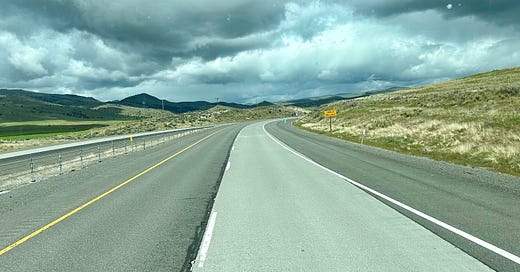



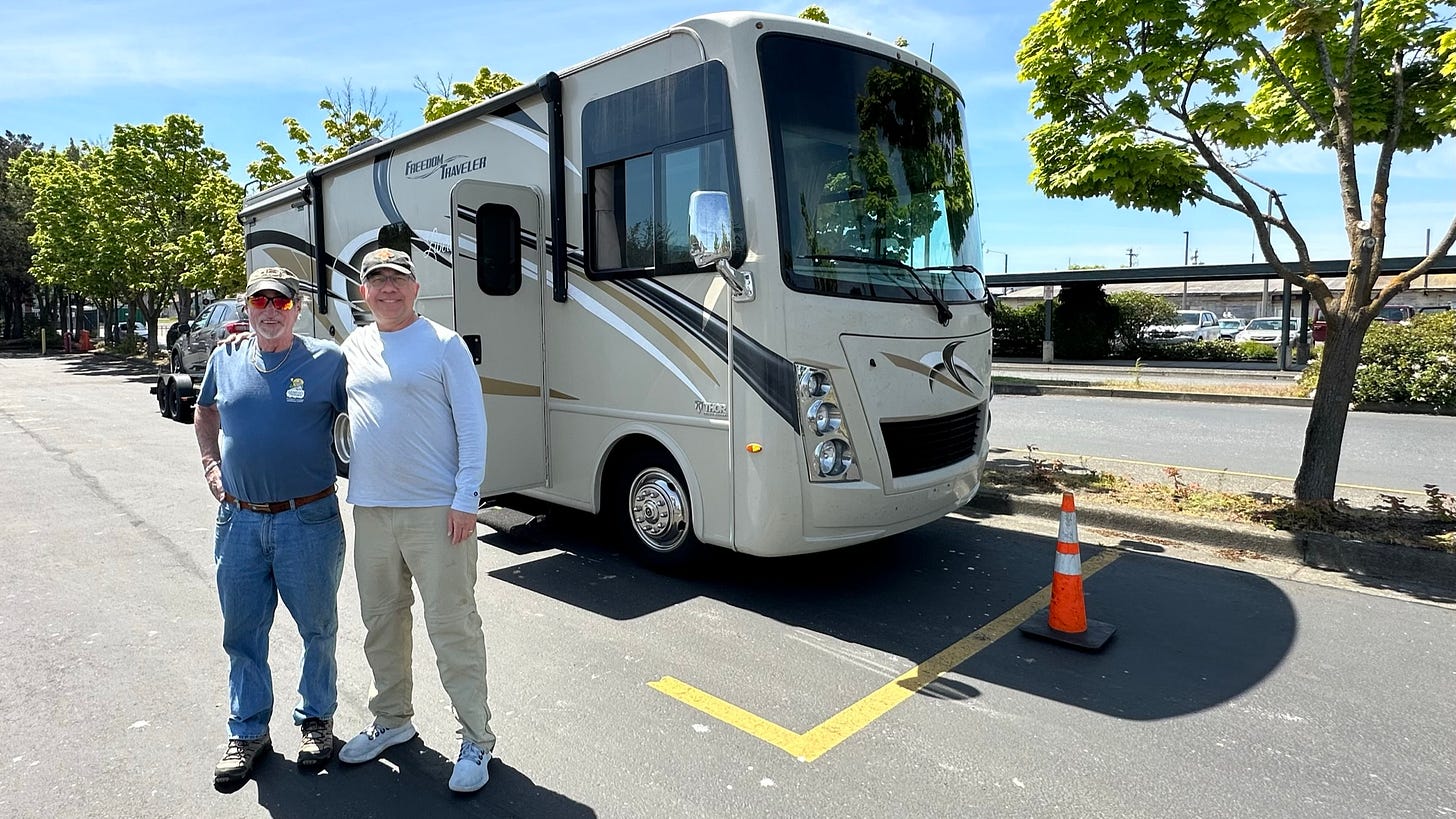
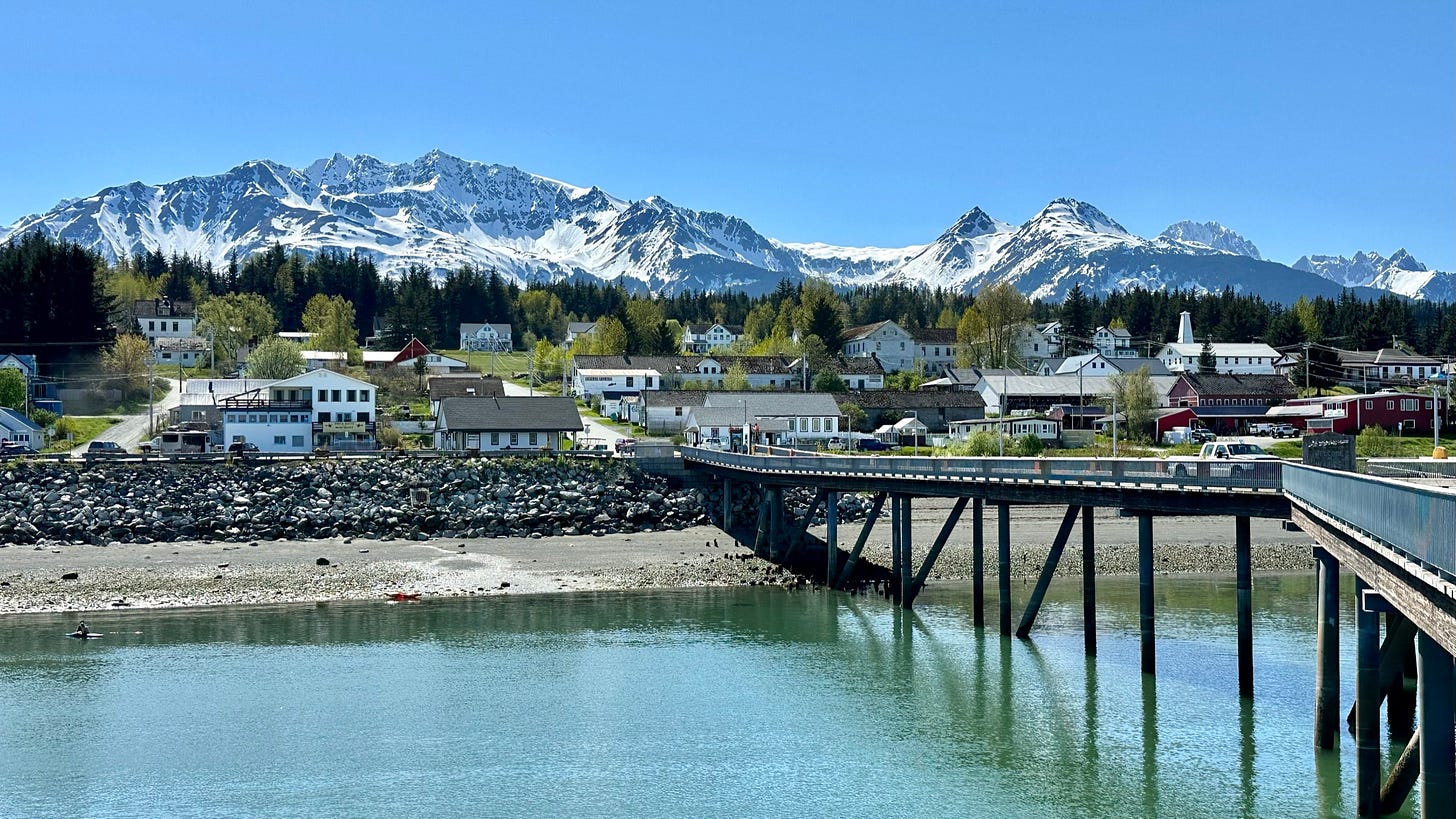
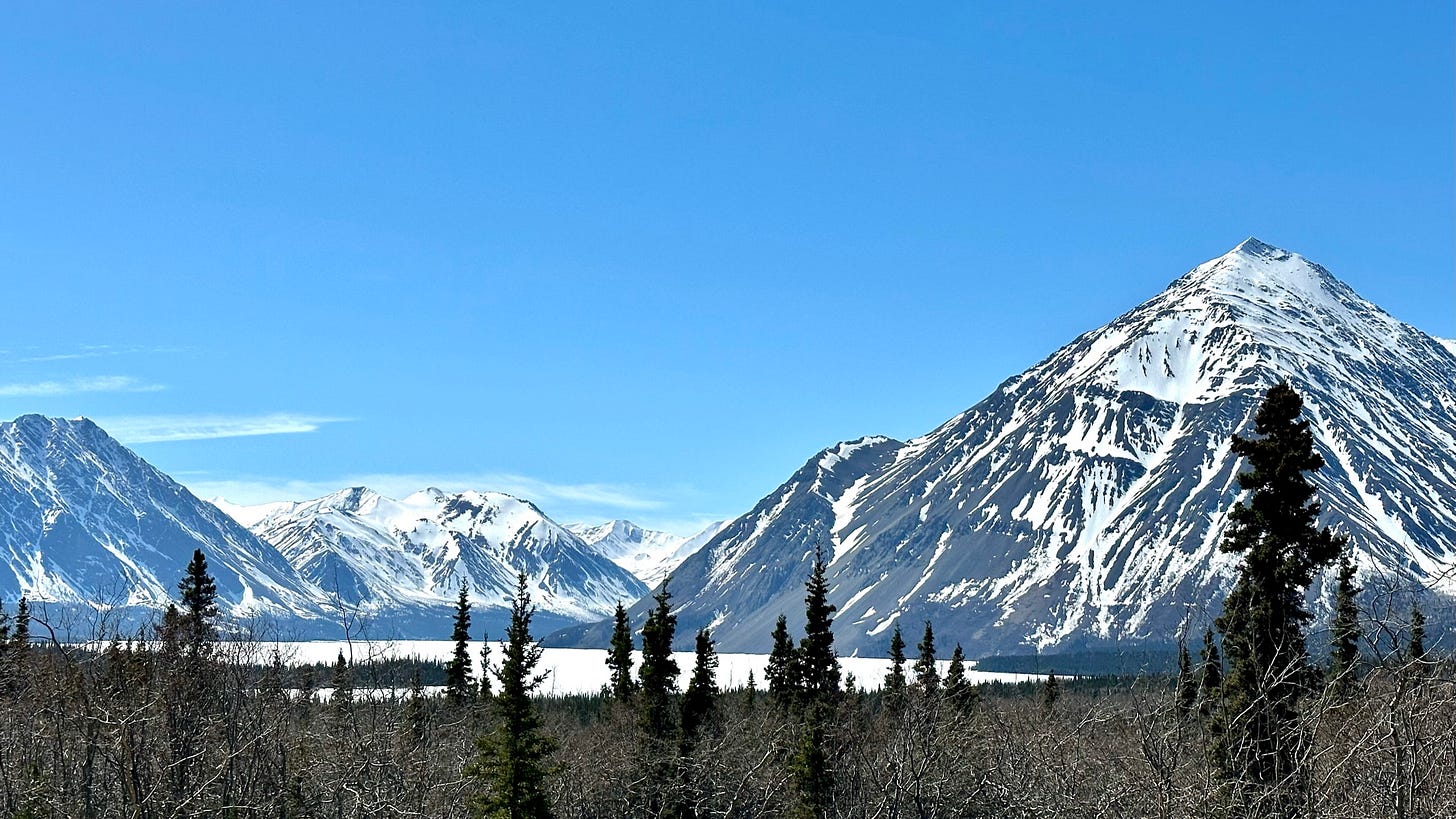

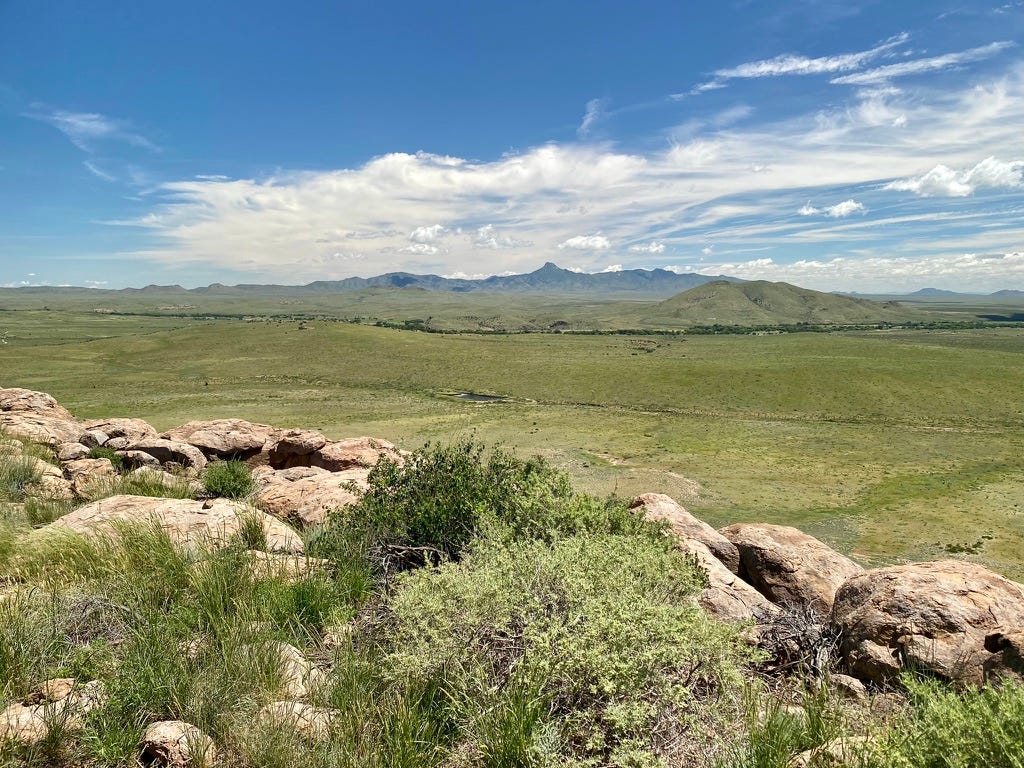
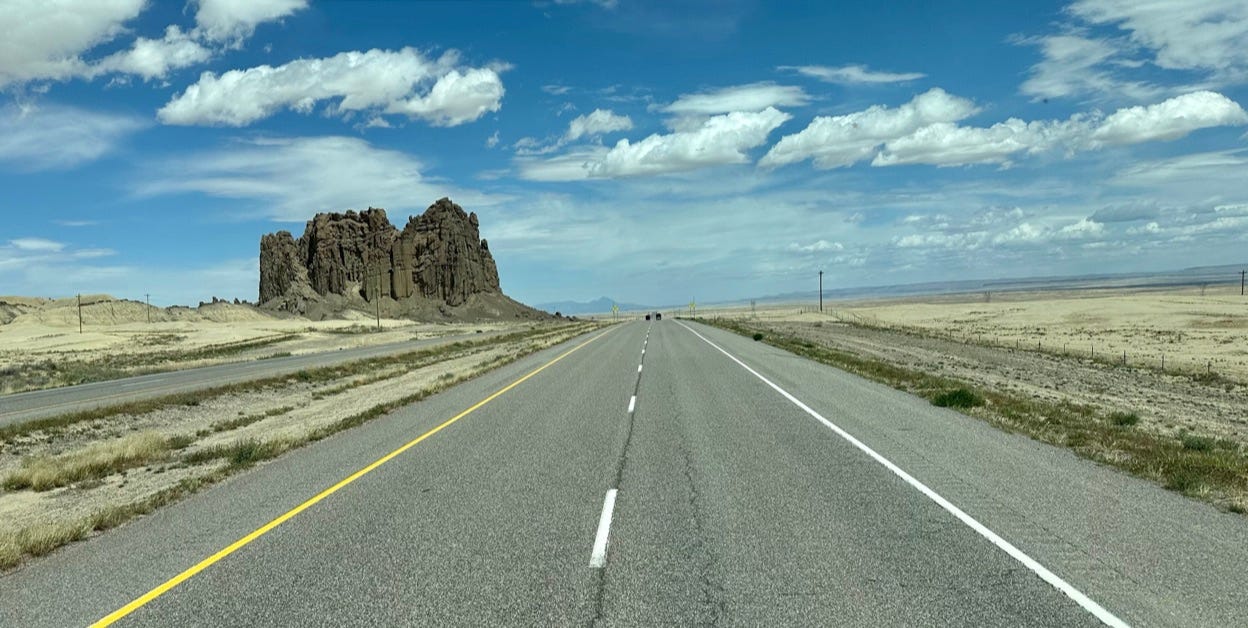
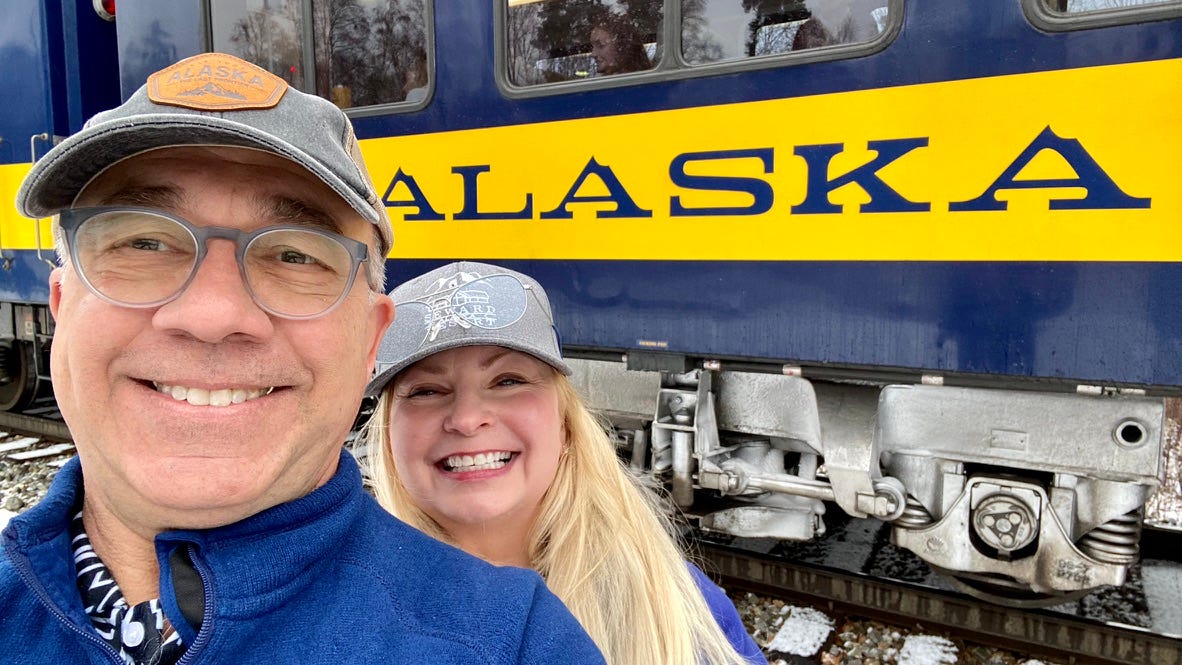
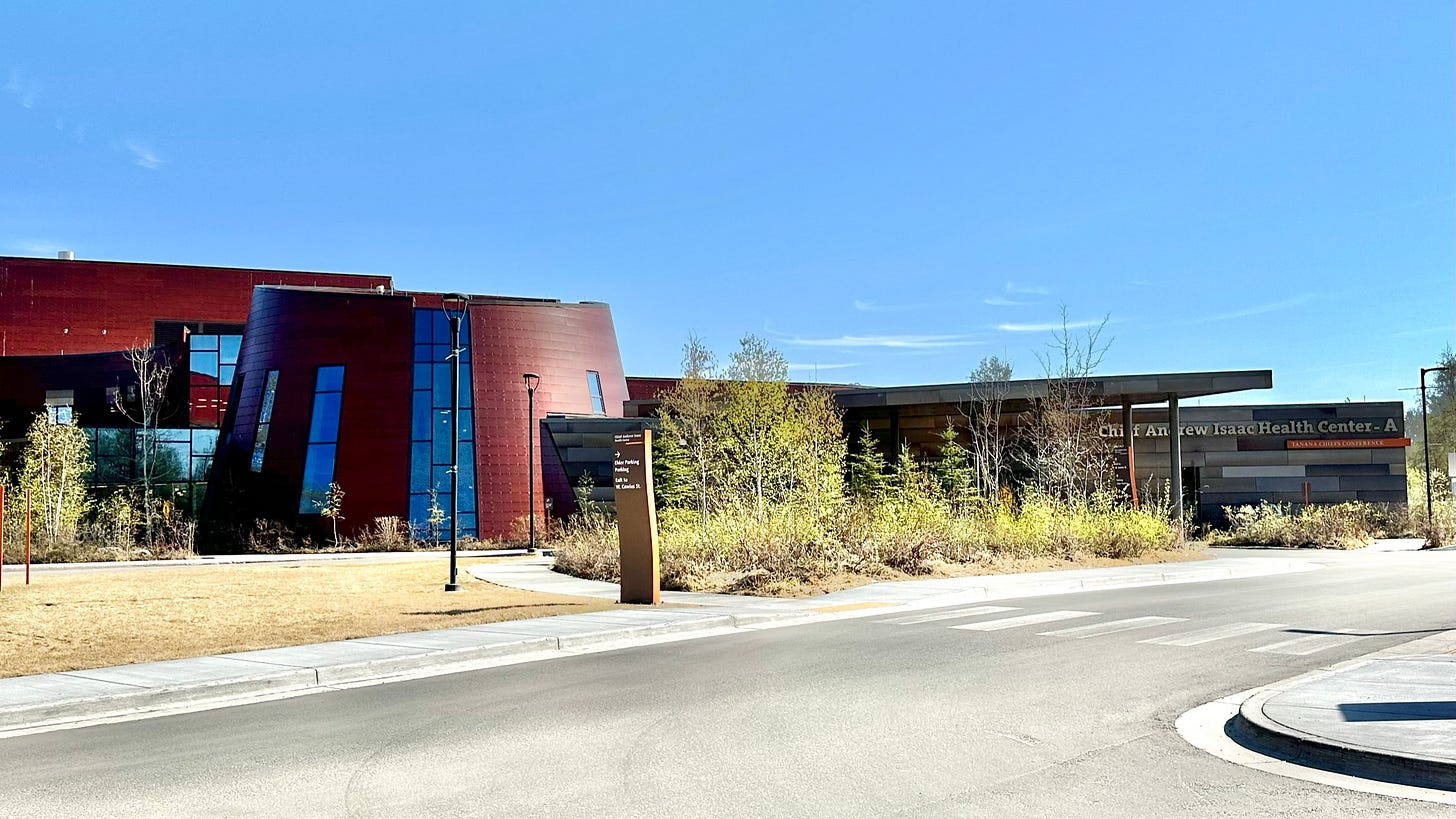
Thank you for the amazing story! I was very inspired reading that and then the majestic Americas landscape reminds me of the adventure travel to the US an the past. The feeling that I want to go somewhere you shared me is getting stronger. Enjoy your living in Alaska!
Thanks for the article, Dr. Brumage. It was nice reading it. Please write more about your experiences in Alaska.